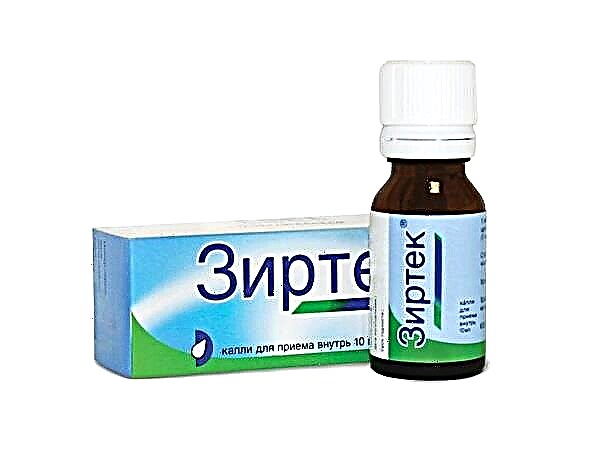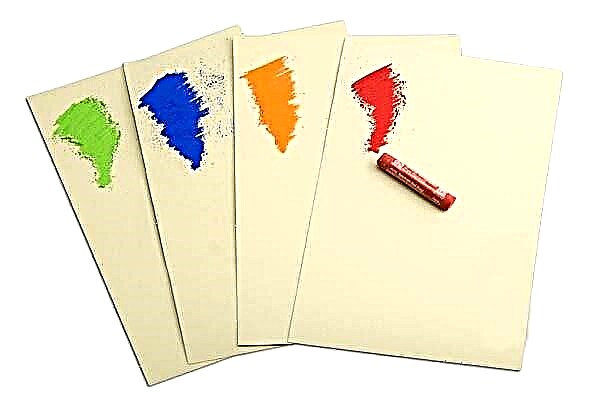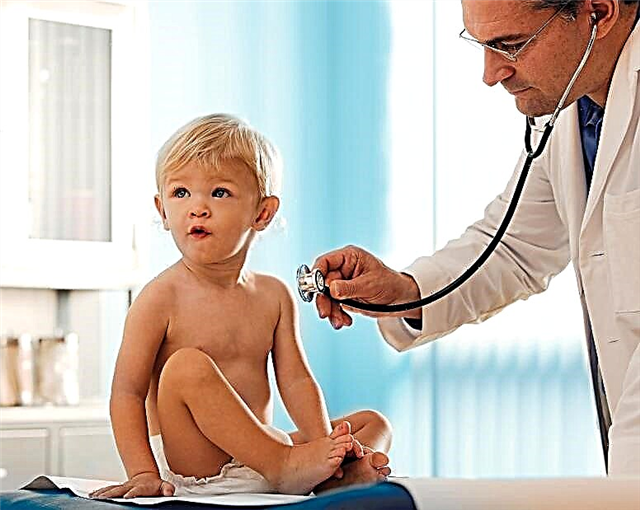
Every adult pays enough attention to cleaning their own teeth, but when the teeth begin to cut in a child of the first year of life, many are lost and do not know if babies under one year old need cleaning, how to properly clean their milk teeth and what hygiene products to choose for children.

Rationality of early oral hygiene
The opinion that the first teeth, called milk teeth, do not require cleaning is deeply mistaken.... If you do not pay attention to the care of children's teeth, the risk of caries in babies increases many times. This is primarily due to the lower strength of the enamel in deciduous teeth. In addition, in the diet of young children, there are quite a lot of carbohydrates (they are found in both breast milk and formula), which are a source of food for bacteria that provoke tooth decay.
If you do not clean your teeth in time and do not remove food debris and accumulated plaque from the mouth of babies, bacteria will develop more actively and the risk of caries will increase.

In addition, early manifestations of caries in the form of white spots often go unnoticed in children. The disease spreads freely deep into the dental tissues, and when the teeth begin to hurt, getting to know the dentist will become a serious test for the child's psyche.
Lack of cleaning and the rapid development of caries cause the loss of milk teeth, which threatens permanent teeth. The infection can spread to their rudiments and the newly erupted molar will have to be treated by a dentist. Teeth misalignments are also not uncommon, which at an older age will have to be corrected with plates or braces in order to avoid ridicule from peers and problems with chewing. As you can see, the importance of bite hygiene is really great.

When and at what age is it better to start brushing your teeth?
The age period in which a particular child needs to start cleaning their teeth will be individual for each baby, because teeth erupt in different children in different ways. The general recommendation for all children is to start brushing their teeth from the moment when the first incisor "hatched".
For most babies, this occurs at the age of 6-8 months, but in some children, the first clove can erupt even at 3-4 months, and for some, the moment the first tooth appears is 11-12 months.
Since almost all babies have at least one tooth by the age of one year old, the question "is it necessary to brush the teeth of a one-year-old child?" has only one answer - "necessarily".

It is important to take into account that at the time of eruption, the local immunity in the mouth of the crumbs decreases, and the inflamed gum reacts rather painfully to contact with any objects. therefore you need to clean the cutting teeth very carefully.
Some dentists insist on cleaning the oral cavity of children earlier - even before the first tooth erupts. They explain this by the ingress of milk and complementary foods into the baby's mouth, as a result of which microorganisms accumulate on the mucous membrane even in the absence of teeth. In their opinion, you should start taking care of the gums from three to four months of age. This will help develop the habit of caring for teeth in the baby. In addition, babies at this age do not react negatively to the brush.
How to clean properly?
If the baby has not yet developed a single tooth, brushing is just rubbing the tongue and gums. The very first teeth are also simply rubbed, since even using the softest brush will be painful for the baby. To wipe your baby's teeth, you can use:
- A piece of bandage or gauze dipped in boiled water.
- "Toothbrush" napkins.
- Dental napkins "Spiffies".
The water that is moistened with gauze can be slightly salted. Cotton wool is not used for rubbing, since this is not a rough enough material, which, moreover, can leave fibers in the baby's mouth.


Special wipes for wiping the mouth of children are soaked xylitol, which is a safe antiseptic. They protect the oral cavity from thrush and caries, relieve pain. Napkins can be tasteless, or have a pleasant minty, banana, apple, or grape flavor. The only drawback of such napkins is their high cost, since they are disposable.
From the age of 6 months, when the push-out reflex has disappeared, either a silicone fingertip or a classic brush in a child's version - with a short handle and soft bristles, as well as a small cleaning surface, begin to be used for cleaning. More often A brush worn on a finger is used until one year of age, and a regular brush is bought for children over one year old.

In order for the little one to learn how to clean their teeth correctly, you should act gradually:
- At 6-8 months of age the baby is introduced to the brush and allowed to get used to using it.
- Between 8 and 12 months the child is shown the correct movements when brushing their teeth.
- From 1 year to 3 years of age the baby is taught to thoroughly brush his teeth.
The frequency of brushing your child's teeth is twice a day. At the same time, evening cleaning performed before bed is more important than that carried out in the morning, so it should not be forgotten. The duration of each procedure is about 2-3 minutes, although the first cleaning may be shorter, while the baby gets used to the manipulation.
Follow these rules:
- The brush should be at a 45 ° angle to the child's teeth.
- The movement of the brush should be in the direction from the gums to the incisal edge.
- Cleaning should be done on both the inside and outside of each tooth.
- To clean the chewing surface, translational circular movements are used.
- At the end of the procedure, the tongue is cleaned with the back of the brush.
The procedure for brushing the teeth of the baby is clearly demonstrated in the video from the channel MJmelka:
At what age can a baby brush his own teeth?
Invite your child to pick up a brush and try to brush their teeth on their own from the age of one. Please note that at the age of three years, the child is not yet able to clean his teeth properly, therefore, after his attempts to self-brush, the parents will have to additionally brush the teeth of the baby again. However, it is important to maintain the little one’s desire to brush his teeth himself.
How to teach a child to brush their teeth on their own?
Teaching children to handle a toothbrush is best done by their parents' example, because kids love to imitate the actions of adults.
A mirror can also help with learning.so give your child the opportunity to look at their reflection while brushing. So the baby will be able to better control their actions and observe the movements of the brush in the mouth.
Tell and show your kid that you need to brush your teeth with toothpaste in this way:
- Rinse your mouth with warm water before the procedure.
- Squeeze some toothpaste (no more than a pea) onto the brush.
- Clean the outer, chewing and inner surfaces of all teeth.
- Rub your tongue with a brush.
- Rinse your mouth well with warm water.
- Rinse the brush under the tap and place it head up in a glass.

What to do if the baby refuses to brush his teeth?
Many children at first have a negative attitude to the toothbrush, as it is a foreign object that can cause discomfort for the baby. If the child is badly disposed towards brushing his teeth, one should not give up trying to teach the baby to oral hygiene.
Invite your baby to brush her teeth every day. Also, try cleaning with different brushes and different pastes.
To keep your baby interested, brushing your teeth can be made more interesting:
- While the baby is brushing her teeth, sing a song or read a poem.
- Make the cleaning a "secret task" during which the child fights the caries bacteria.
- Take your favorite toy to the bathroom.
- Arrange a brushing speed competition in which the parents, of course, will succumb.
- Turn on the program on the phone, in which the funny hero will brush his teeth with the child.
See the video for another way to teach your child to brush their teeth while playing.
Choosing a toothpaste
You should choose a paste for a child taking into account the age of the little one. As a rule, they begin to use the paste in cleaning children's teeth no earlier than 2 years of age. Usually pastes for young children are in gel form. In such pastes, there are no abrasive particles, and the taste is often fruity.
Remember that pastes for children under 3 years old should not contain fluoride, as due to the inability to rinse the mouth well, this element will enter the child's gastrointestinal tract and have a toxic effect. It is permissible to buy fluoride paste only if the child has learned to rinse out his mouth and spit out the paste.

Useful Tips
- Keep your baby's toothbrush clean - Wash it weekly in hot water and replace the brush after two to three months of use. If the child is sick, the brush should also be replaced with a new one.
- Regularly go to the dentist with your child, even if, in your opinion, the teeth of the crumbs are in perfect order. The doctor can identify problems at a stage when they are almost invisible to the parents. At the same time, their treatment will not give the child such discomfort as dental diseases detected out of time.
Watch a cartoon about dental care with your baby. An interested kid will clean them and visit the dentist with pleasure, and together you will keep baby teeth healthy for a long time!



